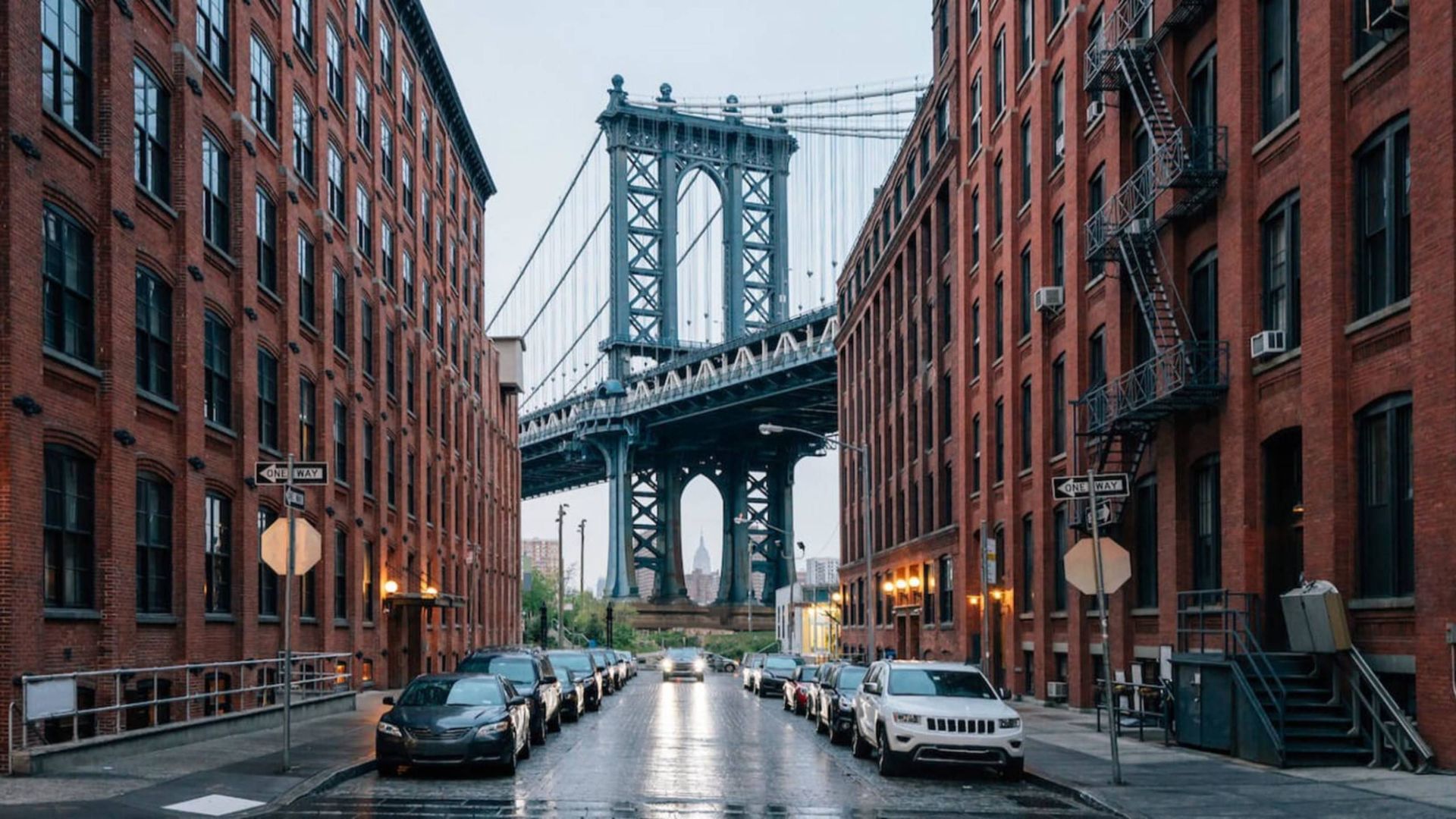Congestion Pricing in Major Cities: A New Approach to Traffic Management
Road congestion is nothing new; however, it is always frustrating for drivers. In an attempt to address heavy traffic, cities are increasingly turning to congestion pricing as a viable solution. This article examines the latest developments and what we can anticipate in the near future.
Understanding Congestion Pricing
More cities are considering the implementation of fees for drivers entering downtown areas during peak times. New York City leads the way, planning to introduce congestion pricing for much of lower and midtown Manhattan. If successful, this initiative could encourage other major U.S. cities to follow suit.
International Success Stories
Several crowded foreign cities have already successfully adopted congestion pricing, including:
- London
- Singapore
- Stockholm
- Milan
Many of these cities have reported positive outcomes, demonstrating that charging a fee for the use of specific highways or lanes during peak hours can effectively manage traffic flow. Although fee systems have existed in the U.S. for years, this approach targeting downtown areas is relatively new.
Impact on New York City Drivers
Manhattan drivers can expect to pay as much as $23 during peak hours. Moreover, there will be reduced pricing for low-income motorists, taxis, and rideshare drivers. This pricing strategy is anticipated to generate approximately $1 billion annually and could decrease the number of vehicles entering Manhattan by as much as 20%. Consequently, the city aims for a rollout in spring 2024.
This forecast underscores the need for innovative solutions in urban planning and traffic management. Cities are recognizing the importance of managing congestion proactively to improve the quality of life for their residents and visitors alike.





